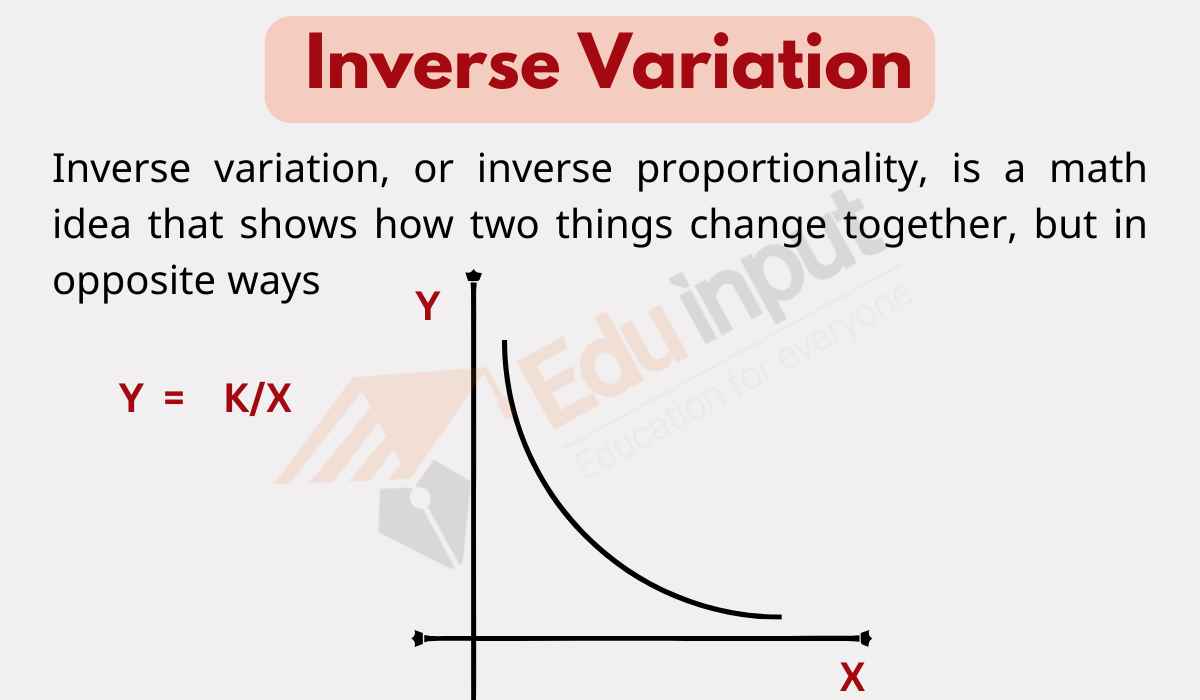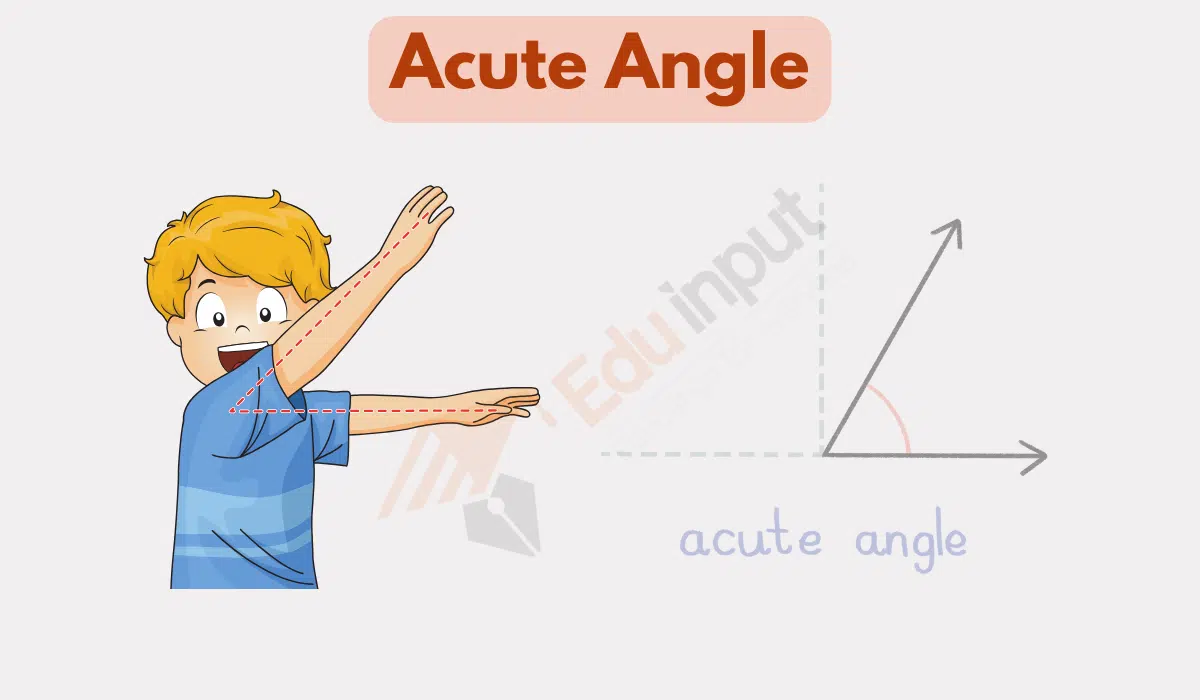10 Examples of Complementary Angles
Complementary angles are a special type of angle pair that, when combined, equal 90 degrees. In other words, when you combine two complementary angles, they perfectly fit together to form a square corner.
In this article, we will explore 10 examples of complementary angles, shedding light on their importance and applications.
Examples of Complementary Angles
1: Door Corners
Next time you open or close a door, take a look at the corner where the door meets the frame. The angles formed by the door and the frame are the example of complementary angles, adding up to 90 degrees.
2: Ladder Leaning Against a Wall
When you set up a ladder against a wall to reach a high point, the angle between the ladder and the ground is complementary to the angle between the ladder and the wall.
3: Clock Hands
Look at an analog clock, and you will notice that the minute and hour hands often form complementary angles. As time passes, these angles change, but they always add up to 90 degrees.
4: Pitching a Tent
When you pitch a tent, the support poles often create complementary angles with the ground, ensuring the tent remains stable.
5: Road Signs
Road signs play a crucial role in traffic management. The angles formed by the arms of some road signs, such as yield signs or school zone signs, are complementary.
6: Sloping Roof
In architecture, the slope of a roof often involves complementary angles. This design ensures proper drainage and stability.
7: Handshake Angles
When you extend your hand for a handshake, the angles formed between your arm and your hand and between your arm and the other person’s arm are complementary.
8: Park Benches
The angles formed by the backrest and the seat of a park bench are often complementary, providing comfort and support.
9: Book Pages
In a book, when you open it to read, the two pages you see at a time often form complementary angles at the center crease.
10: TV Screens
Television screens are rectangular, and the diagonal lines from one corner to the opposite corner create complementary angles.
Complementary angles are more than just a mathematical concept; they exist all around us in our daily lives. Understanding these angles can help us appreciate the harmony and balance they bring to our surroundings.





Leave a Reply